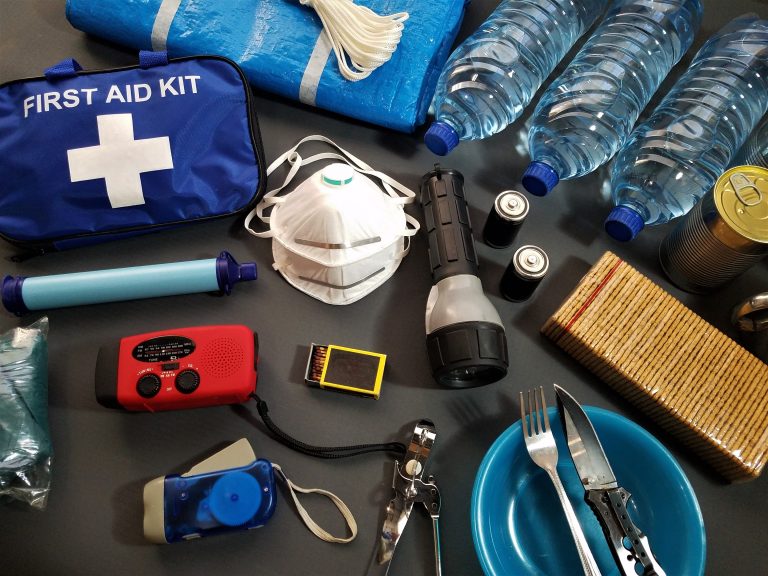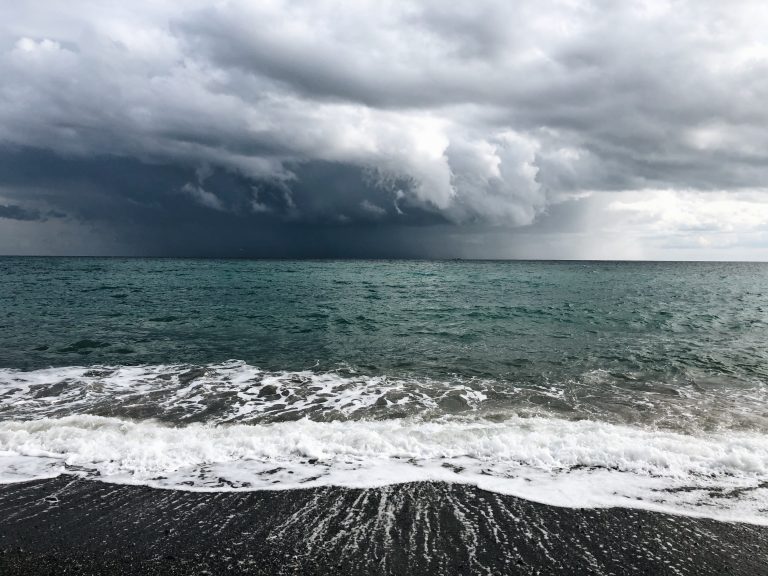Hurricane Season in the Grand Strand
Overview
The Atlantic Hurricane season begins on June 1 and continues through November 30. The Grand Strand is one of the areas that is often impacted by these storms in one way or another. One of the earliest and worst recorded hurricanes to hit the South Carolina coast was Hurricane Hazel back in 1954. When the storm made landfall off the coast, in Little River, wind gusts over 130 mph and brought storm surges over 18 feet.
In more recent years, Hurricane Florence hit the Grand Strand in 2018. Even though the storm made landfall in Wilmington, North Carolina, many South Carolina communities felt the impact of the storm. In some areas, nearly thirty inches of rain fell. Catastrophic flooding occurred with the Waccamaw River surge breaking record highs. Although thinking about the impact of a hurricane can cause fear and anxiety to many locals and visitors, the Grand Strand goes to great lengths to better educate and prepare its residents for all scenarios. In order to be as safe as possible, all residents must do their own research for how they can protect themselves, their families, and their property in the event of an emergency. Provided below you will find information and helpful resources to best prepare for hurricane season.
Steps to Prepare

Tips for Homeowners
Homeowners have some additional steps that they can take to prepare their properties for hurricane season. Outside the home, owners should remove any debris that could cause damage to the home or surrounding properties; this can include trimming trees and shrubs for loose branches. Homeowners should also check their home insurance policies for storm and flood coverage and make adjustments where necessary. It’s important to understand that most policy changes won’t take effect for 30 days, so preparation is key.
At the start of each season, homeowners should check their roof for damage and leaks that need to be repaired. They should also check and clean their drainage systems so that they operate properly during a hurricane. During a hurricane, homeowners should reinforce windows and doors to prevent damage from occurring to the home. Homeowners should also secure other objects such as solar panels and satellites so that they are not ripped off the home and damaged during the storm.
Evacuation Protocols

When a hurricane is forecasted, a hurricane watch or more importantly a hurricane warning is issued, then various Emergency Management Divisions along the Grand Strand are activated and with recommended steps and precautions residents should take. The South Carolina Emergency Management Division operates on a system of Operational Condition Levels, also known as OPCONS. All residents should pay close attention to evacuation recommendations made by authorities. In order to keep all families safe, residents should evacuate as soon as their zone is instructed to do so. This will ensure adequate time for everyone in each zone to safely evacuate. Evacuated residents should visit the American Red Cross website for information about shelters and where they can safely evacuate.